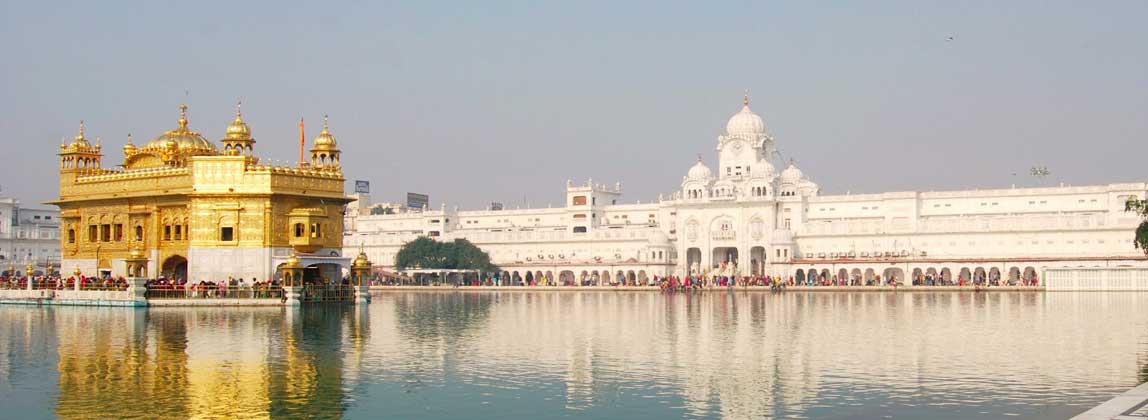


AMRITSAR - In Hindi the word Amritsar means 'a Holy pool of nectar' and it was back in the year 1573 that work for digging the Holy pool began.
Located in the North West region of India, Amritsar lies about 15 miles (25 km) east of the border with Pakistan.
The most striking feature about Amritsar is its antiquity. Its central walled city has narrow streets mostly developed in the 17th and 18th century. The city is a peculiar example of an introverted planning system with unique areas called Katras. The Katras are self styled residential units that provided unique defence system during attacks on the city.
Amritsar is the main seat of Sikh history and culture. The city itself was founded by the Sikh Guru, Guru Ram Das, and till present times it is the spiritual and temporal center of Sikh culture with the Golden Temple in Amritsar as its nucleus
Located at approximately 25 Kms from Amritsar, Tarn Taran has many Gurdwaras (Sikh houses of worship). The main religious hub at Sri Tarn Taran Sahib is Sri Darbar Sahib Tarn Taran, of Guru Arjan, the fifth Guru of the Sikhs, who founded the city and named it 'Tarn Taran'. The Gurdwara of Tarn Taran has the largest Sarovar (Holy Tank) of all Sikh Sarovars. It is an important Sikh tank, said to have healing properties and a corrective effect on minor skin ailments.
It is built along the same lines as the Golden Temple, though the Parikrama around the still waters of the tank takes much longer.
Sri Harmandir Sahib, also known as Sri Darbar Sahib or Golden Temple, is named after Hari (God) i.e. the temple of God. The Harmandir Sahib is the holiest shrine in Sikhism and is a major pilgrimage destination for Sikhs from all over the world. Construction of the Golden Temple began in 1574 on land donated by the Mughal emperor Akbar and was completed in 1601. The most famous and sacred part of the Golden Temple complex is the Hari Mandir (Divine Temple) or Darbar Sahib (Court of the Lord), which is the beautiful golden structure at the center of a large body of water.
This place is noted for its most notorious massacre under British rule. The incident took place on April 13, 1919, when thousands of people had gathered in Jallianwala Bagh (Garden) to voice their feelings against the repressive policies of the British. This ground surrounded by high walls on all sides has only a narrow alley for access. General Dyer (Lieutenant Governor) personally led the troops to the sight and ordered his men to open fire without any warning. It resulted in the death of 379. Till date, the bullet holes can be seen on the walls and adjoining buildings. A section of wall with bullet marks still visible is preserved along with the memorial well, in which some people jumped to escape.
Located at a distance of 28 km from Amritsar, Wagah, an army outpost on Indo-Pak border-between Amritsar & Lahore. At the entrance of this outpost, there is a sightseeing gate with an inscription "Swarna Jayanti. This place is famous for its "Beating the Retreat" ceremony performed by the soldiers in evening. Soldiers from India and Pakistan perform a flag march. The flags of both the countries are brought down. Then the gates between India and Pakistan are opened. Soldiers perform some drills and then the complex is illuminated. The whole ceremony takes about half an hour.